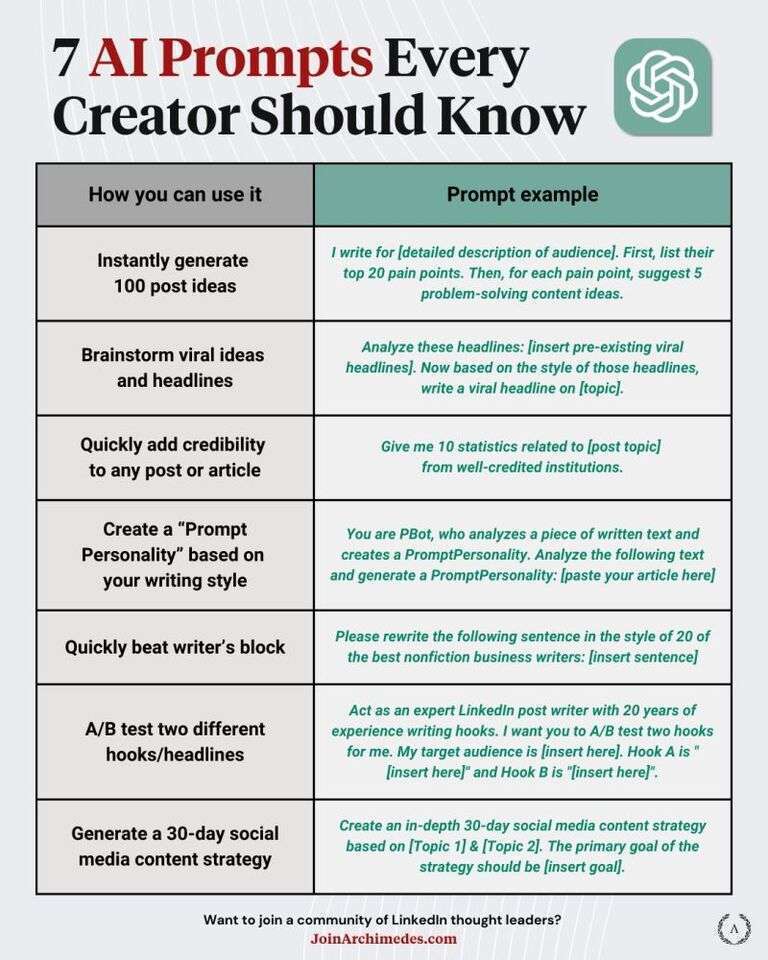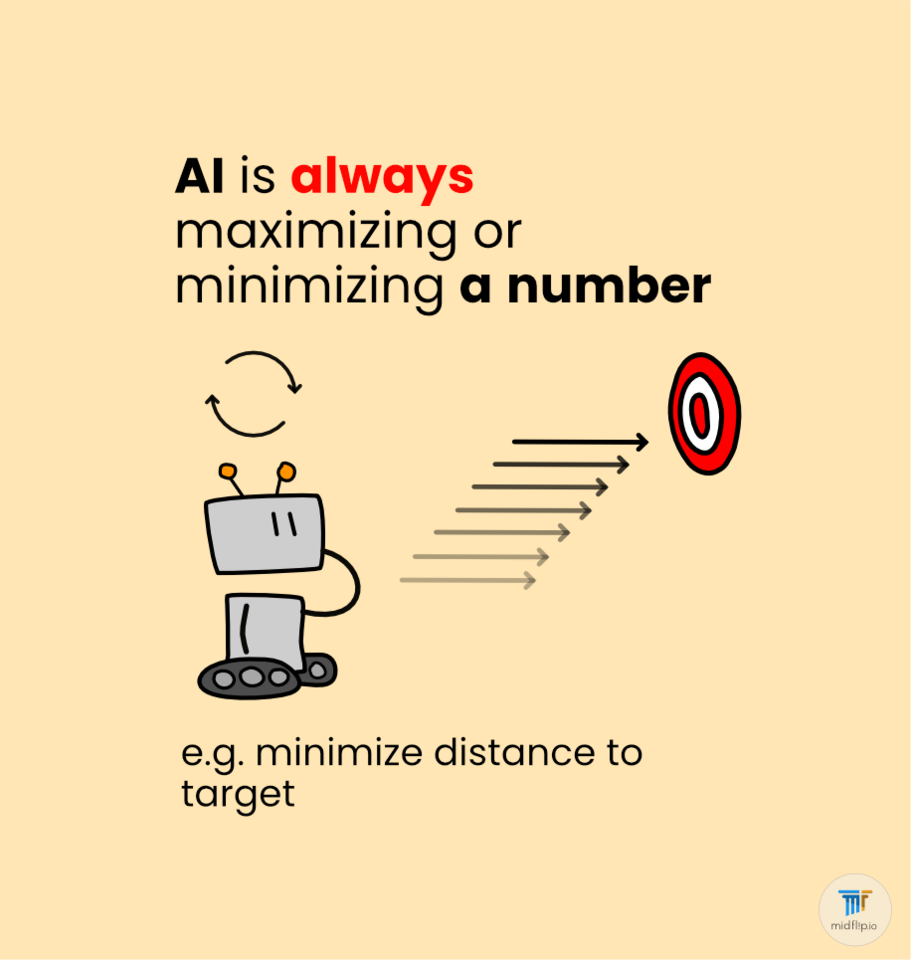For most people, debt is a fact of life. Used responsibly, debt can be a useful financial tool that allows us to afford big purchases like cars, homes, and education. Loans and credit provide access to money we don't currently have, but allow us to pay it back over time.
However, debt becomes problematic when it grows uncontrolled. High-interest credit card debt can spiral if you just make minimum payments. Student loans can feel crushing when the payments start coming due. Mortgages seem affordable at first, but become a burden if your income drops.
Best strategy
Only take on debt when you expect to make a higher future return. In this topic we are bringing together data on the average person’s debt. We want to create an easy-to-understand snapshot of the average person’s financial well being through the lens of debt.
For example, taking on debt for your education is better than taking on debt for a new TV. However… if after your education you find no jobs… ouch bad debt.
Taking on debt to buy a house that appreciates in value… good debt. Taking on debt to buy a house that depreciates in value… bad debt.
This is obviously easier said then done.
Data
Average Americans debt: $90,460
(Including debt from credit cards, personal loans, mortages, student debt, etc.)
Breakdown by age group:
Gen Z (ages 18 to 23): $9,593
Millennials (ages 24 to 39): $78,396
Gen X (ages 40 to 55): $135,841
Baby boomers (ages 56 to 74): $96,984
Silent generation (ages 75 and above): $40,925
based on Average American Debt by Age (cnbc.com) updated 2023
Data based on Household Debt and Credit - FEDERAL RESERVE BANK of NEW YORK (newyorkfed.org) .
Here is a real cool interactive tool for looking at debt data based on different states: Debt in America: An Interactive Map (urban.org)
USA national debt:
1930: $16 billion 1940: $43 billion 1950: $257 billion 1960: $286 billion 1970: $371 billion 1980: $908 billion 1990: $3.2 trillion 2000: $5.6 trillion 2010: $13.5 trillion 2020: $27.7 trillion 2023: $32.8 trillion
I have not been able to find time series data, showing average person’s debt over time. Anyone know some cool datasets for debt? Link them here.





Hot comments
about anything